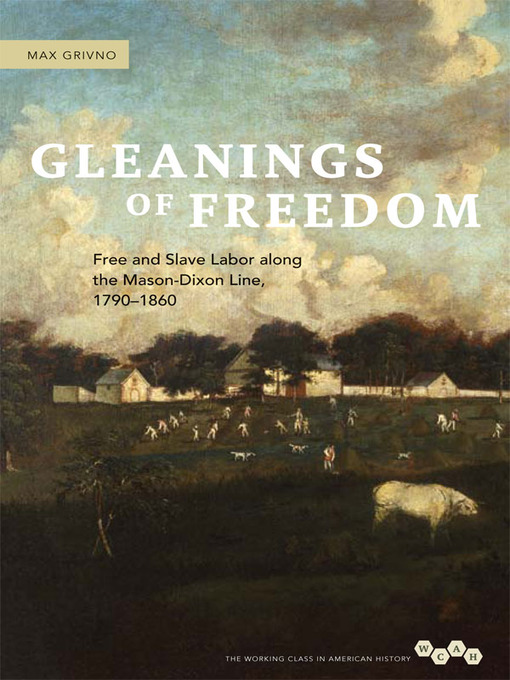"A thickly descriptive and nuanced account of the 'evolution of race, class, and labor regimes' in Maryland from just after the American Revolution up to the Civil War."—Civil War Book Review
"Max Grivno's engaging and often harrowing narrative of agricultural workers along the northern Maryland border, investigates a place where 'slavery's roots ran shallow,' yet where free landless laborers face severe constraints in a changing market. . . . Grivno's book brilliantly succeeds in analyzing local and regional changes in terms of broader developments, portraying the distinctiveness of an understudied corner of the South."—The Journal of Southern History
|
Max Grivno is an assistant professor of history at the University of Southern Mississippi.

